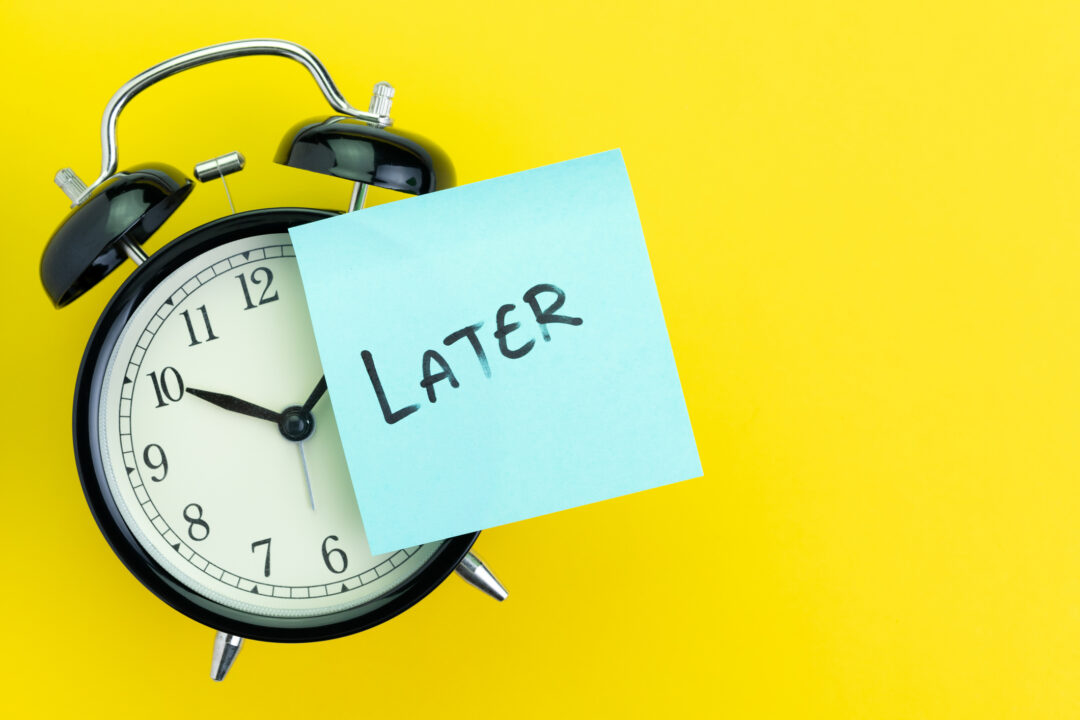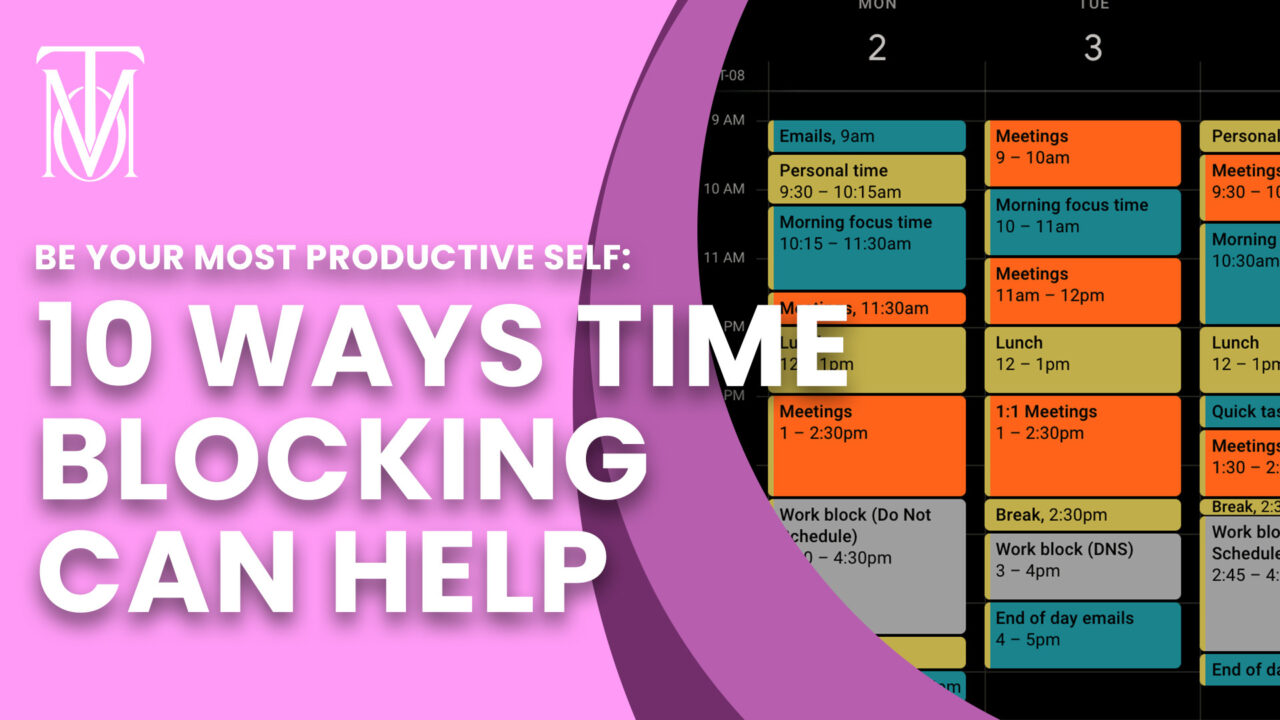If you’re looking for ways to increase the efficiency of your daily tasks, a productivity plan is something that could help very well.
It’s no secret that time management for the average office worker is not easy at all. People are often overwhelmed by the amount of work that needs to get done every given day, so it’s easy to fall into a rut.
However, there are certain steps you can take to improve your efficiency and bring order to your schedule.
What Is A Productivity Strategy?
Your productivity strategy is the sum of the decisions you made to focus your efforts. It is also how you’ll implement the techniques that will have the greatest impact on your ability to enhance productivity.
On the other hand, a productivity plan is all about tactical planning to accomplish your productivity plans.
Productivity goals might range from the general to the specific, such as devising creative solutions for complex tasks or planning for an efficient daily routine.
Creating productivity plans can help you organize tasks, manage your time, avoid wasting your efforts, and maximize outcomes for important tasks.
In addition, it may help you keep tabs on how long it takes to complete each step so that you can prepare more effectively for the following round.
How Does Planning Increase Productivity?
Planning your day gives you a clearer picture of what has to be done.
If you take the time to plan out your day and organize your calendar, you can give yourself dedicated “intense work” blocks to focus on the most critical, time-consuming activities and boost your efficiency.
In business, the “end result” of good strategic planning is a set of objectives and a road map for the company’s future that everyone can follow. And it gives you something to measure your future success against.
A productive strategy may help every employee in any role within a business. Additionally, the whole company may benefit.
Several strategies for increasing productivity levels in the workplace and at home are discussed below.
Related: The 3 Best Methods For Creating Your Own Productivity System
Organizational Productivity Plan
- Operational Planning: It’s useful for keeping track of who does what and how they work together across departments and teams.A well-thought-out strategy for operational productivity may help you eliminate wasteful steps in your workflow and boost efficiency overall.
- Strategic Planning: It is assessing the operational procedures of an organization and developing guidelines in light of the results.Specifically, you’ll need to do the strengths, weaknesses, opportunities, and threats (SWOT) study of your company and team.
- Tactical Planning: Leaders of teams are in a position to boost output based on strategic preparation.It is about selecting suitable managers that will handle and improve the productivity of different departments.
Personal Productivity Plan
- Productivity Goals: Establishing a long-term objective to steadily raise one’s employee productivity is one example of a productivity strategy that might be implemented by oneself or a colleague.Another option for raising output is for workers to design their productivity plans.
- Self-Training: When coaching an employee to accomplish better, you may go specific by giving them step-by-step guidelines. Set reminders that gradually grow in complexity, for instance.A productivity plan like this will help motivate workers to hone the abilities that will serve them best on the job.
How Can You Create A Productivity Plan?
Here are the six ways to make an effective productivity plan:
Step 1: Set Your Priorities Straight
The very first stage in developing a successful productivity plan is to determine which activities and initiatives will best facilitate the achievement of your long-term objectives.
A professional productivity plan often demands a list of all duties that are necessary for the betterment of the company, while a personal productivity plan frequently indicates numerous personal aims and interests.
Once you have a firm grasp on your long-term objectives, you may break them down into more manageable intermediate targets.
Step 2: Prioritize Work Based On How Crucial It Is
Once everything is on paper, you can begin prioritizing and organizing the tasks in the order of significance.
Generally speaking, the most vital responsibilities are the ones that get you closer to realizing your objectives.
Prioritizing tasks based on their importance, rather than that one task you think is easier to achieve, will allow you to give your full attention to those that must be completed quickly.
Step 3: Recognize Possible Obstacles
After jotting down all the critical steps and ranking them in order of priority, you may begin to consider the challenges that are most likely to occur as you carry them out.
If you and your team are aware of the most common obstacles you’ll face, you can better prepare for them psychologically and practically.
You may save yourself time and increase the likelihood of success in achieving your objectives by planning for probable obstacles.
Step 4: Time Management
Managing your time effectively entails arranging the activities you have to do.
If you know what’s most essential and what can hold you up, you can better allocate your time and resources to ensure that everything gets done on time.
To accomplish this, one must first determine how much time is available, then divide that time into manageable sections, and last, schedule all necessary activities into those segments.
Step 5: Implement Your Strategy & Evaluate Its Success
Time slots may then be assigned to each job, and work can begin on them in the order and priority you’ve determined. As you get started, evaluate your progress and make adjustments as necessary.
Information on the tasks you’ve completed, such as how much time they took compared to your original estimate and how well the plan is benefiting you or your organization reach your overall objectives, should be recorded.
You may use this information to refine your present and future strategies.
Step 6: Rethink & Revise Your Productivity Plan

Once you have collected enough information about your plan’s success, you may use that knowledge to support a new course of action.
It’s possible that you’ll decide you need more time or more team members to achieve one of your objectives or that you’ll decide you want to switch goals altogether.
Your productivity strategy should be refined using these findings and updated as needed.














